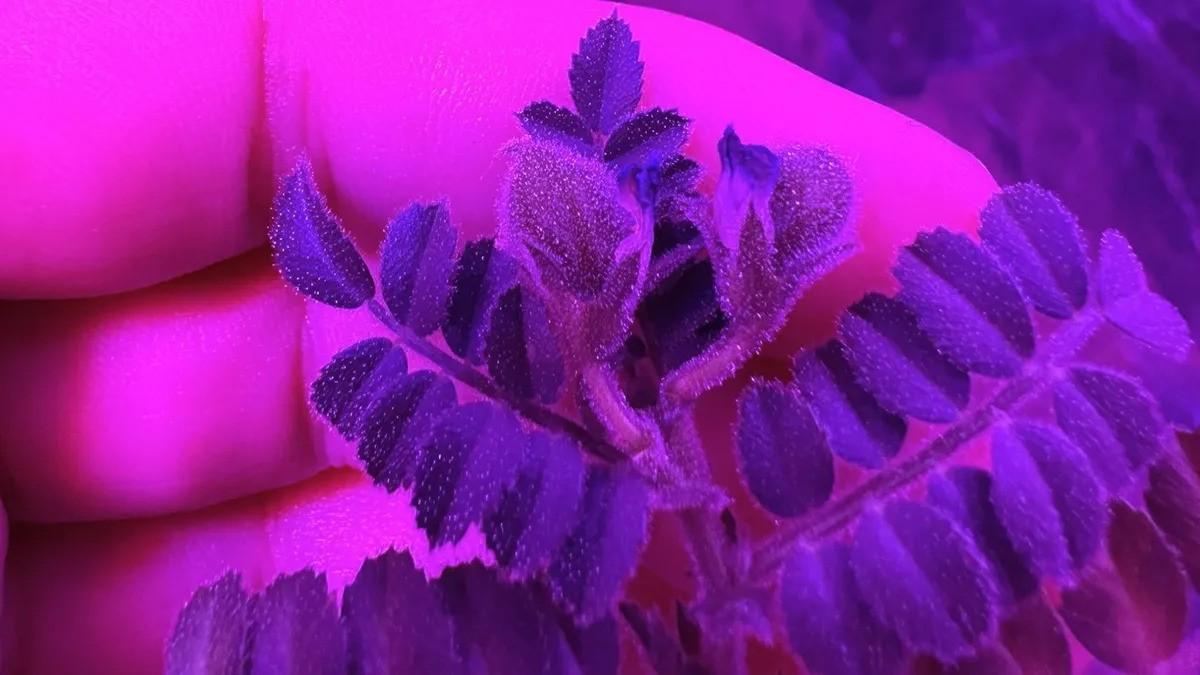Jessica Atkin, a graduate student at Texas A&M University, has accomplished something remarkable. She has managed to grow chickpeas in soil that simulates the conditions found on the moon. This achievement is a major breakthrough in the field of lunar agriculture. Atkin’s interest in space exploration and her determination to address the difficult task of farming in the harsh lunar environment drove her to undertake this groundbreaking endeavor.
The lunar surface presents challenges quite unlike those on Earth, with its peculiar mixture of elements and extreme conditions. However, Atkin’s fascination with space and her commitment to overcoming obstacles led her to succeed where others had not dared to venture.
ChatGPT can make mistakes. Consider checking important information.The lunar surface presents a myriad of challenges for agriculture. Devoid of traditional soil, it consists mainly of fine dust lacking essential organic matter, nutrients, and microbial life crucial for plant growth.
Moreover, the presence of harmful elements such as iron and aluminum poses additional hurdles, while factors like reduced gravity, increased radiation exposure, and extreme temperature differentials further complicate the cultivation process.
To address these formidable obstacles, Atkin devised a specialized soil amendment leveraging two key components: beneficial fungi and vermicompost. Collaborating with Sara Oliveira Santos from Brown University, Atkin developed strategies to enhance the fertility and viability of lunar dust, tackling issues like water retention and drainage critical for sustaining plant life.
The inclusion of beneficial fungi in the soil amendment proved pivotal, fostering a symbiotic relationship with plant roots that not only shielded them from the adverse effects of toxic elements but also bolstered their capacity to absorb water and nutrients effectively.
Complementing this, vermicompost derived from worm digestion served as a vital source of organic matter and essential nutrients, offering a sustainable solution by utilizing astronauts’ biowaste for worm feeding.
Chickpeas were selected as the primary crop for experimentation due to their compatibility with fungal symbiosis, nutritional value, and efficient resource utilization. Remarkably, Atkin’s team managed to cultivate chickpeas to the seed stage in a substrate consisting of up to 75% lunar dust simulant, marking a significant breakthrough with far-reaching implications for future space exploration endeavors.
Atkin’s research offers the possibility of astronauts growing their food on the moon, lessening their dependence on prepackaged provisions. This could lead to cost savings, resource conservation, and improved health and independence for space explorers.
Nonetheless, challenges like longer crop growth times and indications of stress in chickpeas grown on lunar soil emphasize the necessity for additional research and refinement to guarantee the long-term success and viability of lunar farming.
The innovative utilization of vermiculture not only offers a promising avenue for sustainable food production in space but also presents opportunities to mitigate the need for frequent resupply missions, thereby facilitating extended human presence beyond Earth’s confines.
Published as a preprint paper on biorxiv, Atkin’s pioneering work exemplifies the importance of interdisciplinary collaboration and innovative approaches in advancing the frontiers of lunar agriculture, laying the groundwork for future human habitation and exploration of celestial bodies beyond our own.

